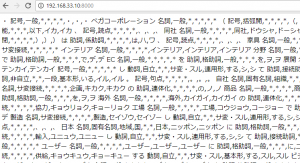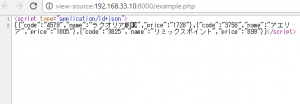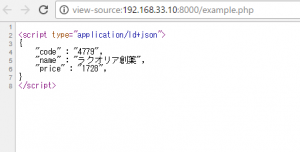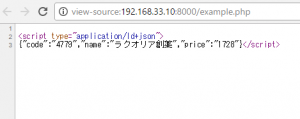フィーチャーベンチャーキャピタルの2/9と2/6のレポートで、2回以上書かれている単語を見てみます。
http://www.jpx.co.jp/listing/ir-clips/analyst-report/detail/tvdivq0000023hz1-att/ana_re_8462_20180209_1.pdf
http://www.jpx.co.jp/listing/ir-clips/analyst-report/detail/tvdivq0000023hz1-att/ana_up_8462_20180206_2.pdf
<?php
$text = "レポート内容(略)";
$appearances = 2;
$meishiPosIdArr = array(38, 41, 42, 43, 44, 45, 46, 47);
$meishiArr = [];
$mecab = new MeCab_Tagger();
$nodes = $mecab->parseToNode($text);
foreach($nodes as $node){
if($node->getStat() === MECAB_BOS_NODE || $node->getStat() === MECAB_EOS_NODE){
continue;
}
if (in_array($node->getPosId(), $meishiPosIdArr)){
$meishiArr[] = $node->getSurface();
}
}
$retArr = array_count_values($meishiArr);
$retArr = array_filter($retArr, function($v) use($appearances){
return ($v >= $appearances);
});
arsort($retArr, SORT_NUMERIC);
print_r($retArr);
2/9のレポート
Array ( [月] => 10 [Q] => 10 [利益] => 8 [赤字] => 7 [業績] => 5 [経常] => 3 [パラグラフ] => 2 [持分] => 2 [会社] => 2 [株式] => 2 [ファンドレイズ] => 2 [ZMP] => 2 [特] => 2 [子会社] => 2 [利] => 2 [売上] => 2 [幅] => 2 [最終] => 2 [段階] => 2 [ファンド] => 2 [ANEW] => 2 )
2/6のレポート
Array ( [IPO] => 5 [ZMP] => 3 [会社] => 3 [利益] => 3 [株式] => 2 [A] => 2 [ファンド] => 2 [収益] => 2 [M] => 2 [キャピタルゲイン] => 2 [期間] => 2 [黒字] => 2 [株] => 2 [月] => 2 [負] => 2 [経費] => 2 [Q] => 2 [事業] => 2 [状況] => 2 )
頻出単語から推察するに、2/6はIPOが話題に上がっているようですが、2/9は業績に関するレポートに変わっているようですね。





